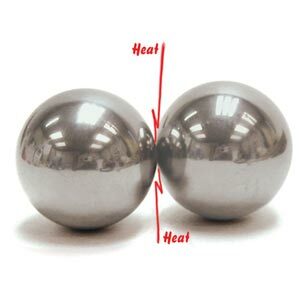 by: Bennett M. Harris
by: Bennett M. Harris
It never fails. I get the same reaction, whether I present to seasoned physicists, grade level science teachers or even from the most discerning audience I’ve had; a group of fifty – fourth grade students, jaws gape and sounds of oohs, aahs and wows issue forth.
I’ve been in rooms surrounded by hundreds of artificial light sources, from the simplest incandescent bulbs to the most advanced OLED displays, and even so, when a person closes that knife switch and current begins to flow and a simple piece of pencil lead held suspended inside a partially evacuated chamber starts to glow brighter, brighter, and finally white light illuminates the chamber, something happens in the person’s brain. At once they are connected with the wonders that Sir Humphry Davy, Swan, and Edison felt when they experimented with the world’s first electrical light sources. Questions start to form; How does that work? How could we make it last longer? What would happen if we changed the carbon for some other material? All at once, the passive viewer is thinking scientifically, asking questions, and yearning to do more.
Read the rest of this entry »
 by: Tami O’Connor
by: Tami O’Connor


 Posted by Tami O'Connor
Posted by Tami O'Connor 

 by: Martin Sagendorf
by: Martin Sagendorf
 by: Bennett M. Harris
by: Bennett M. Harris